We've talked before in these posts about what a crucial step proofreading is in the preparation of a transcript. An unproofed transcript will contain errors. The most expert and seasoned professional transcriber, typing complex information at rapid speeds in deadline situations, often with complicating audio or speaker issues, will make mistakes. It happens. Period. End of story.
Unfortunately, many transcribers, particularly those new to the world of online transcription services, are under the dangerously incorrect assumption that a careful, word-for-word re-reading of the transcribed text constitutes proofreading. Some run their finger along the typed line while proofreading; some read the text aloud; some use other editorial/proofing methods -- all of these tools are appropriate in non-audio proofreading environments.
When transcribing from audio, however, these techniques are woefully inadequate -- sometimes critically so. Why? Because you can't proof what isn't there. And what isn't there may be critical.
Consider:
The CEO of a financially challenged enterprise states in an earnings call presentation, "Therefore, in our February earnings call we will not be providing full-year guidance as we have historically." Imagine his response when he reads the transcript of his remarks (now available online to shareholders, analysts, etc.) that states, "Therefore in our February earnings call we will be providing full-year guidance as we have historically." Word-for-word proofing without listening to the audio would not have uncovered this hugely significant error.
As Hooper has stated before, "We absolutely hate ever having to miss meeting a client's deadline, but we will never knowingly submit a transcript that hasn't been proofed word for word to the audio. It's just too critical. Our client's trust in us and our reputation is more important."
Just one more commitment that separates the transcription service team at Transcription 2000 Services from the rest of the online transcription service league.

